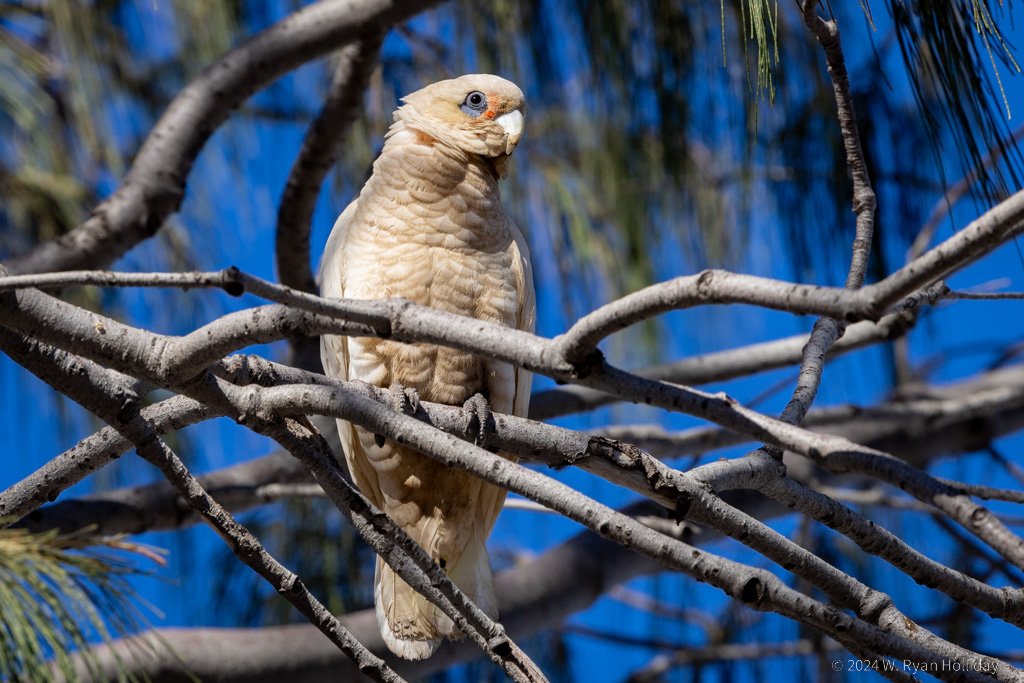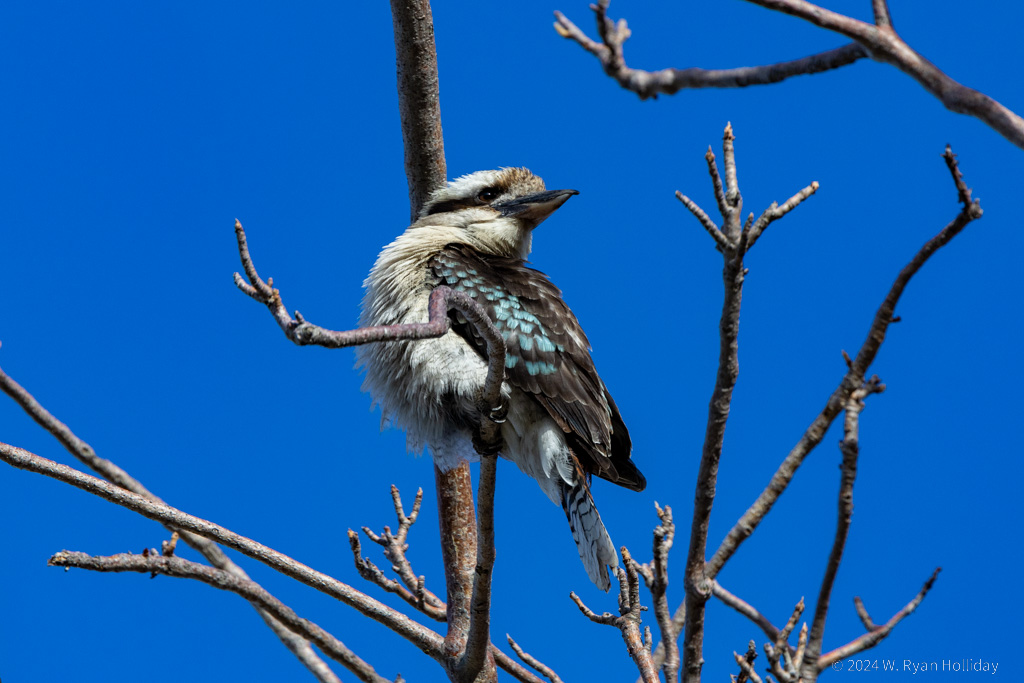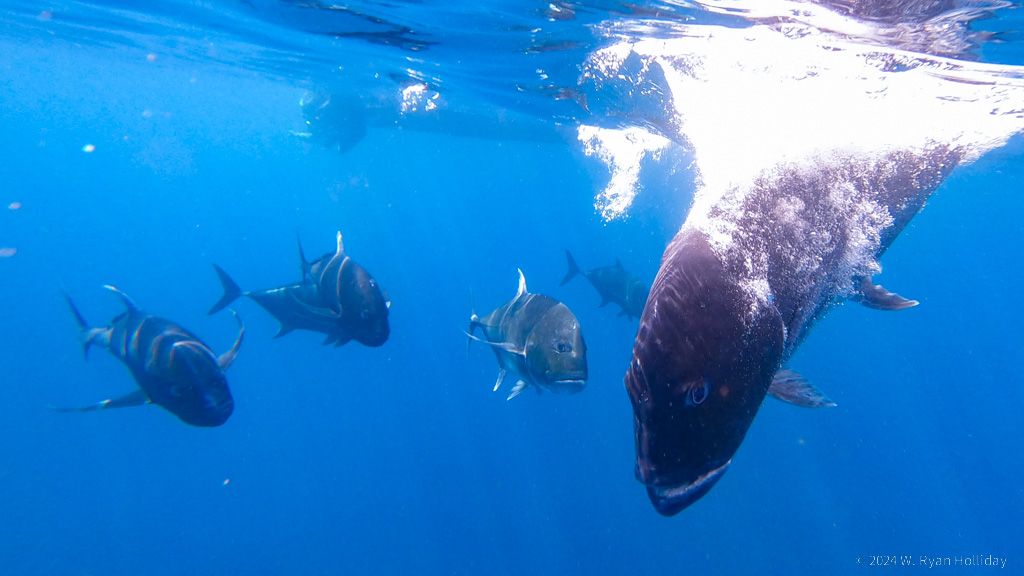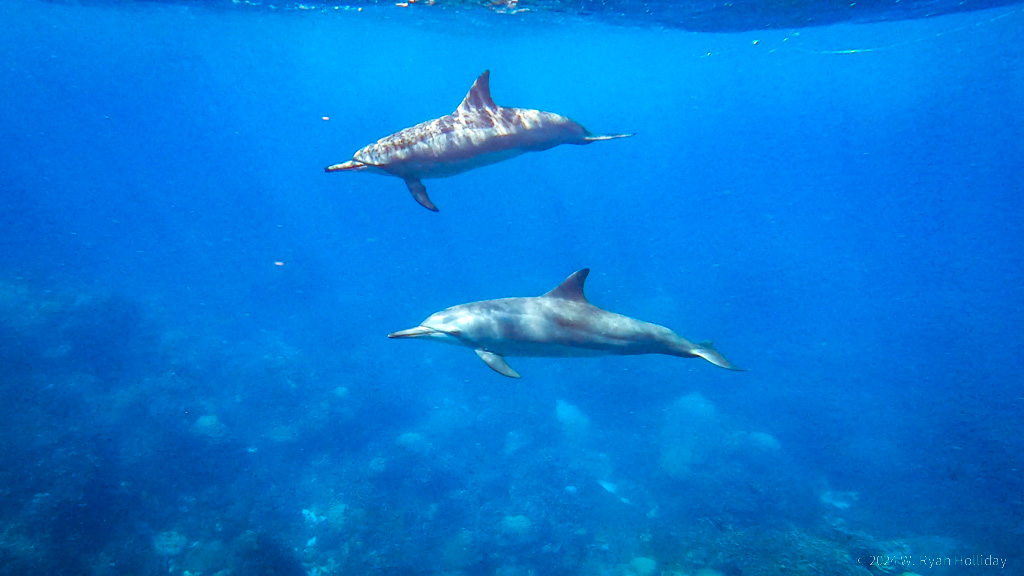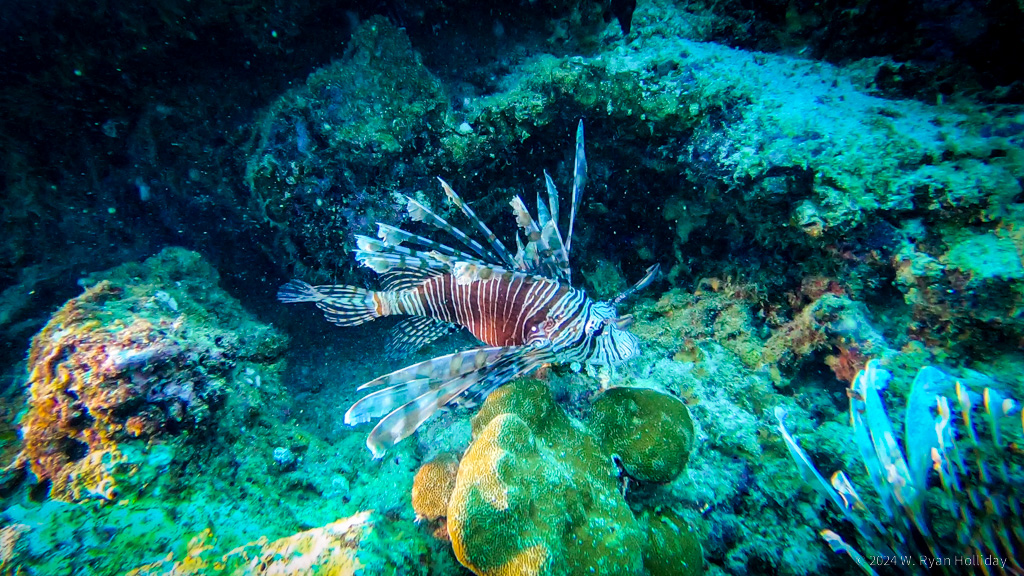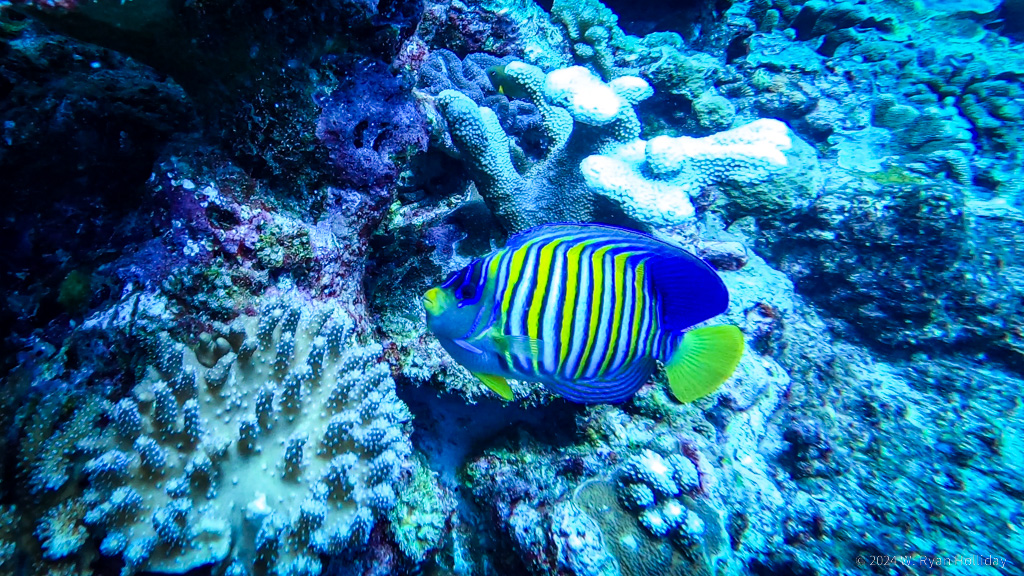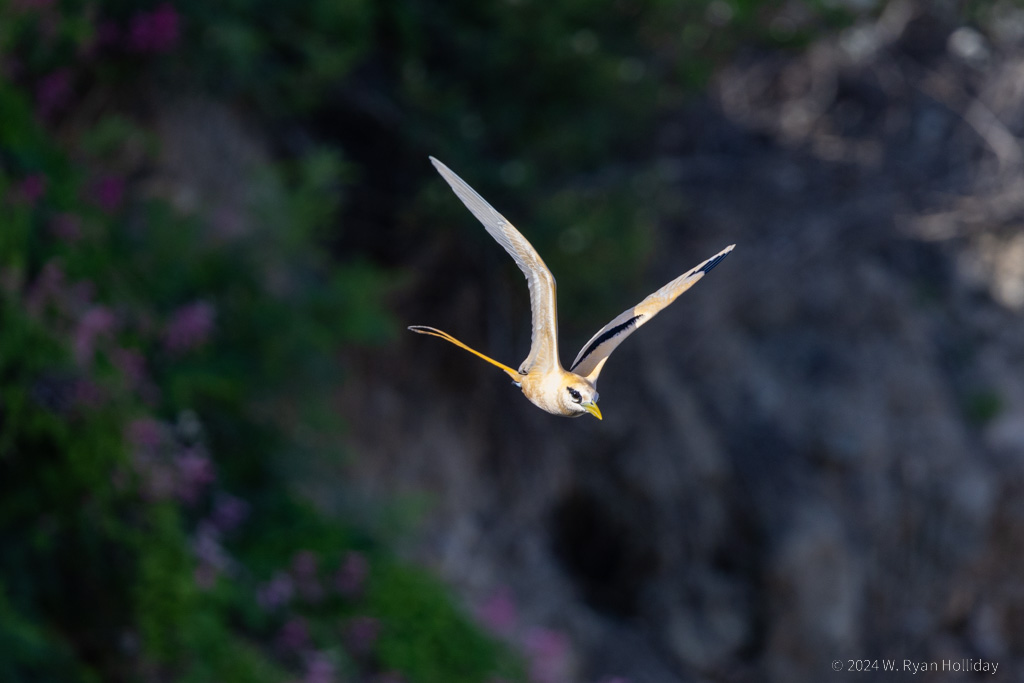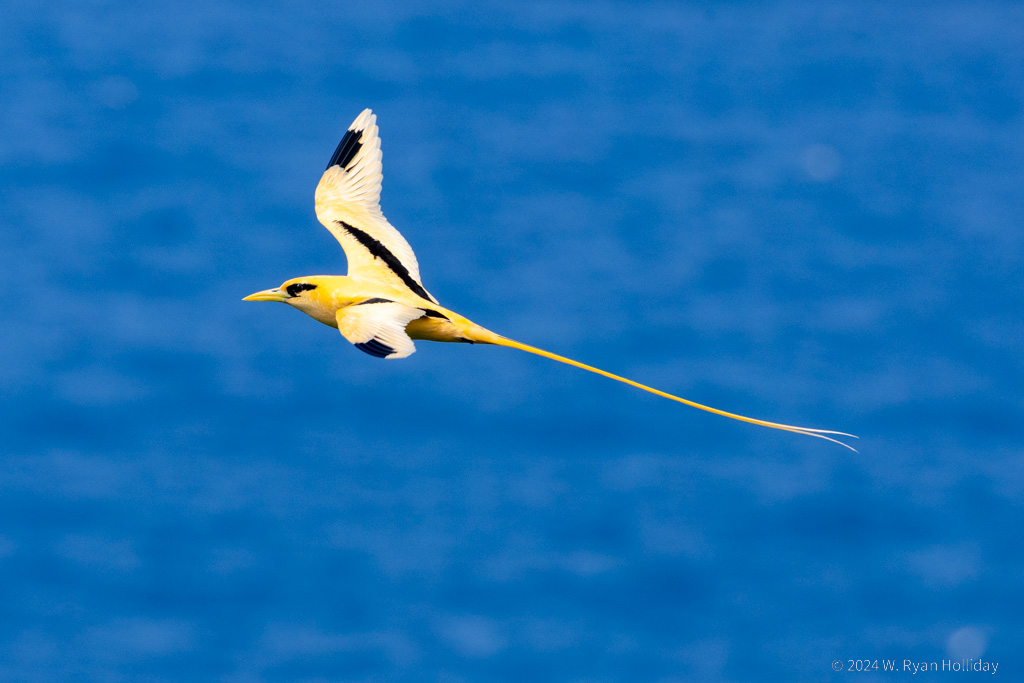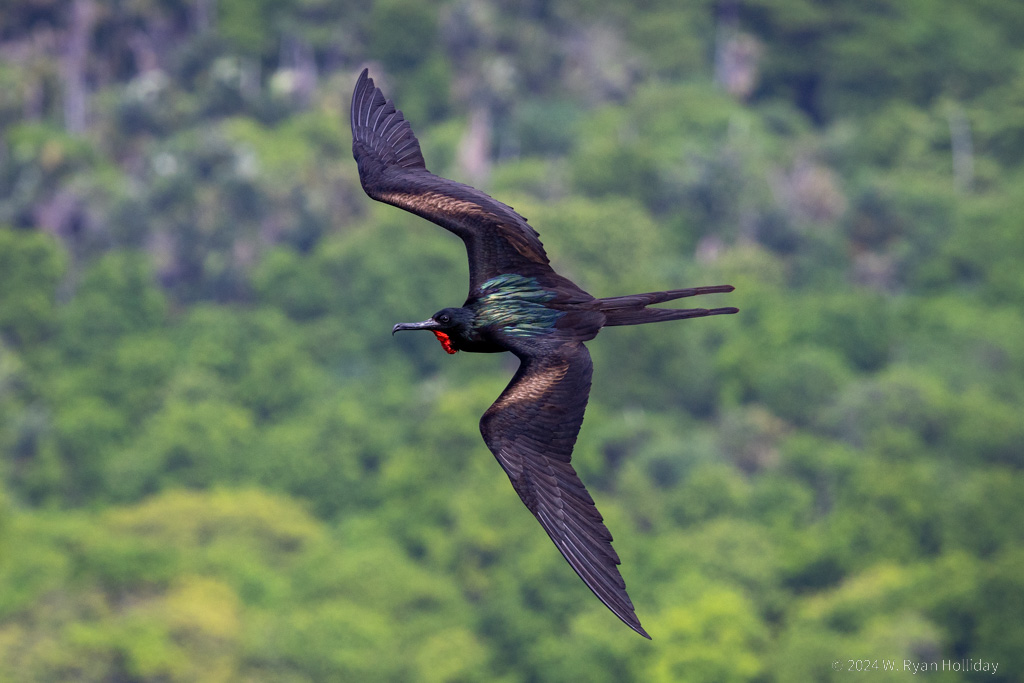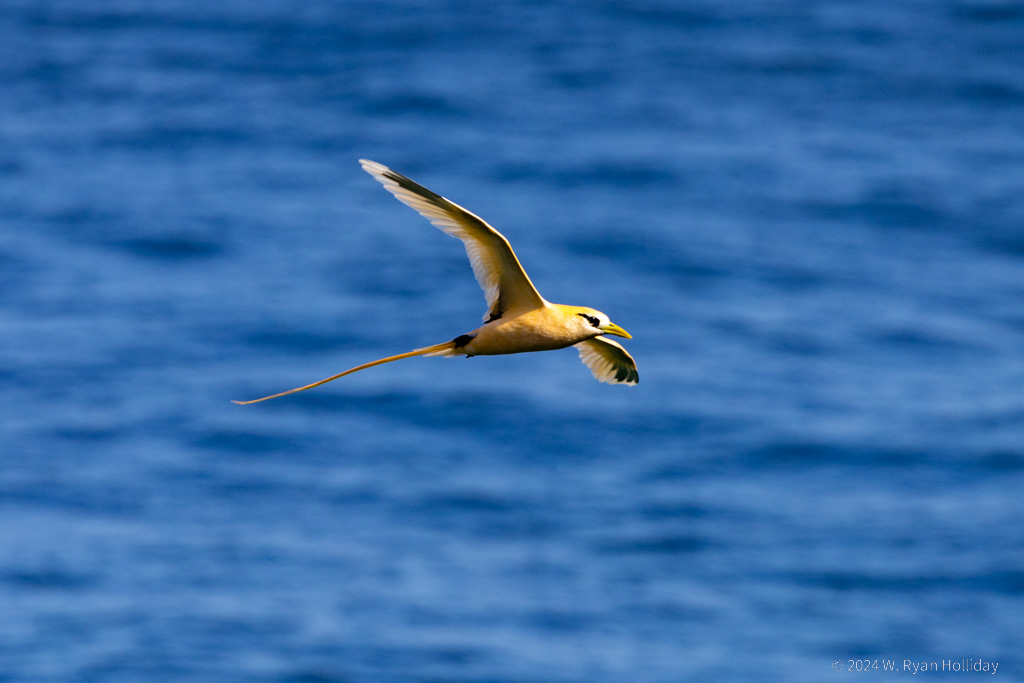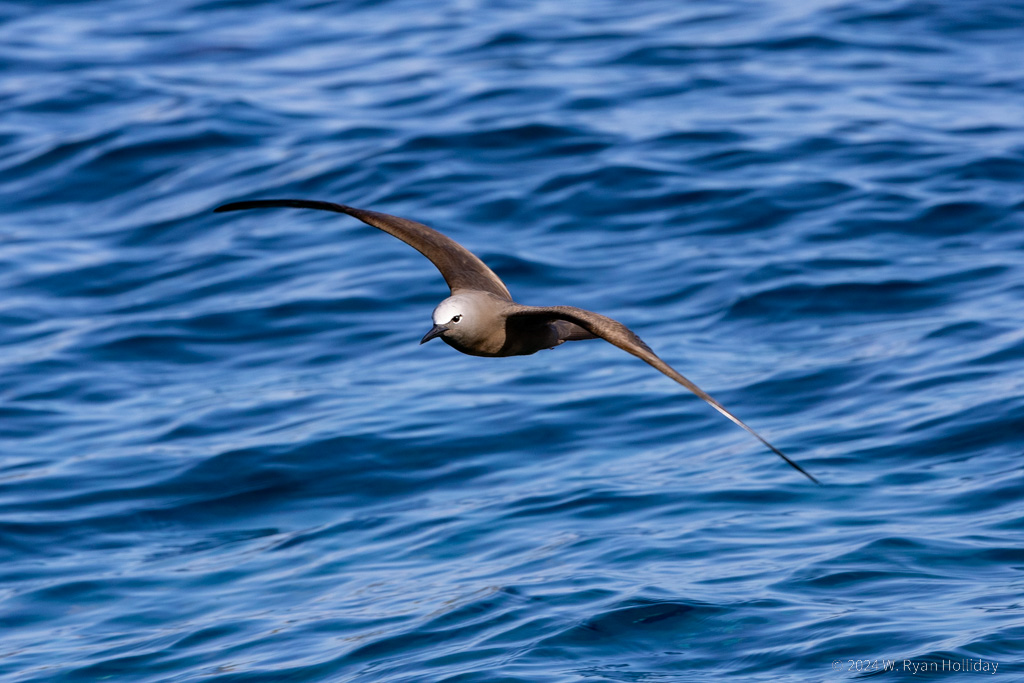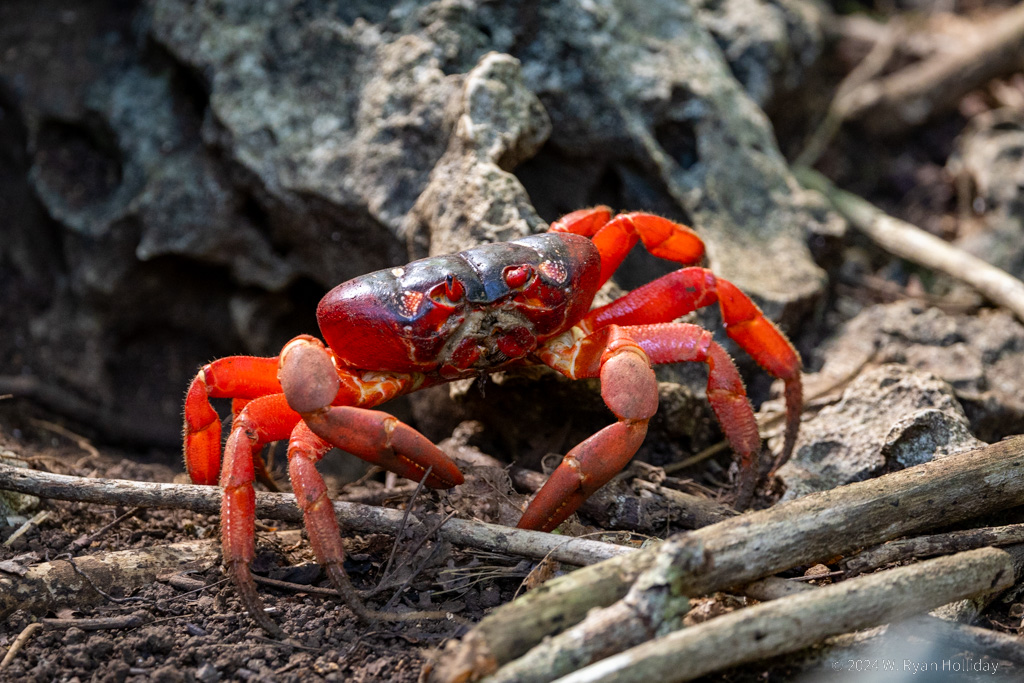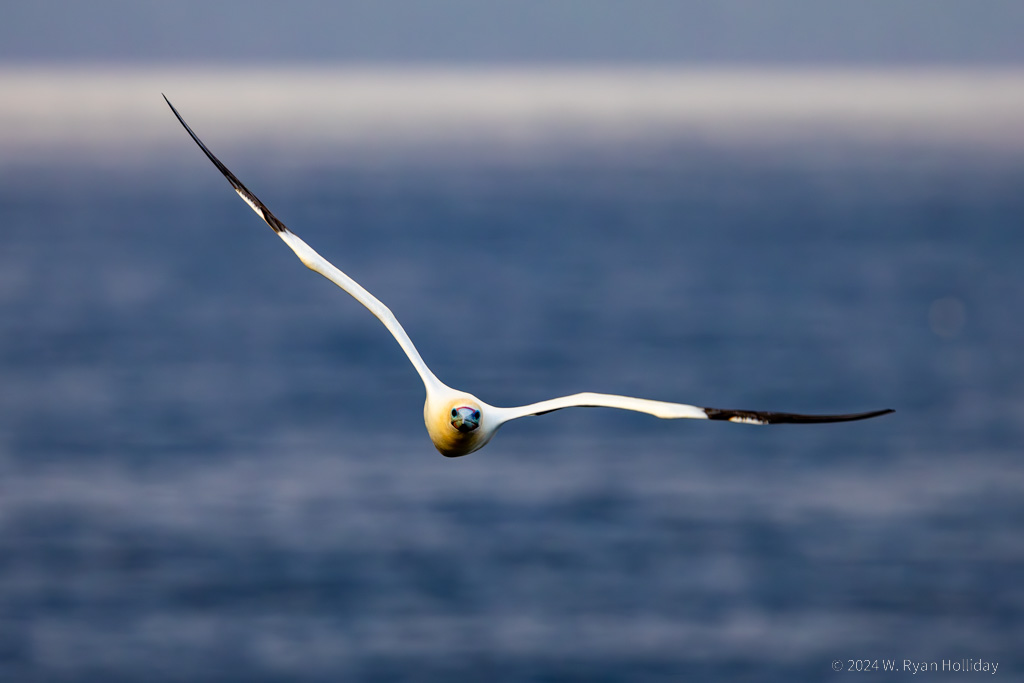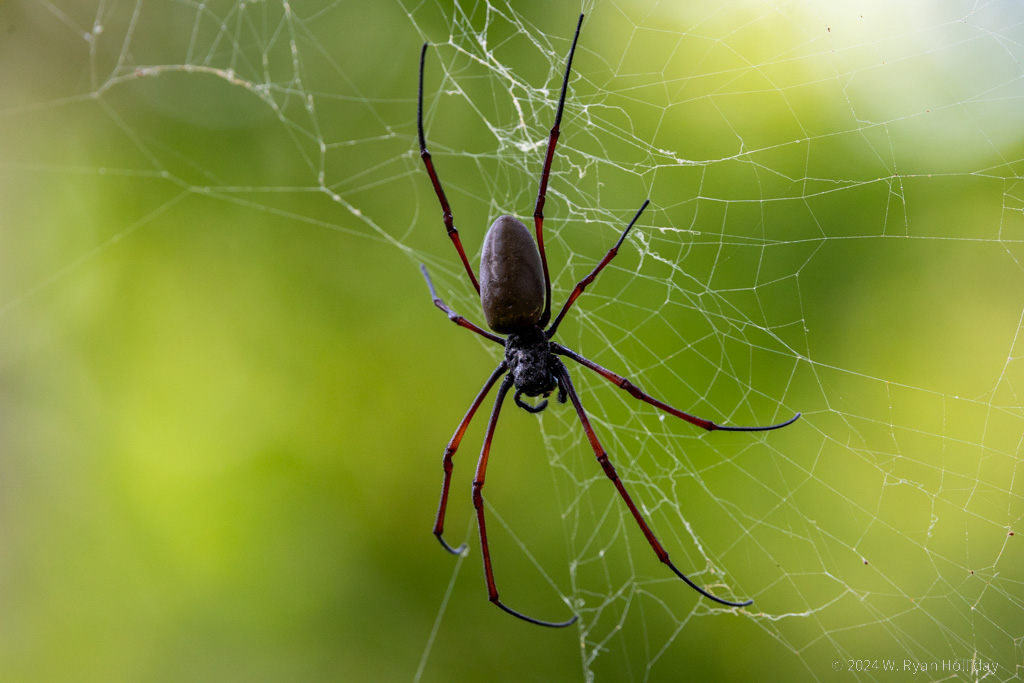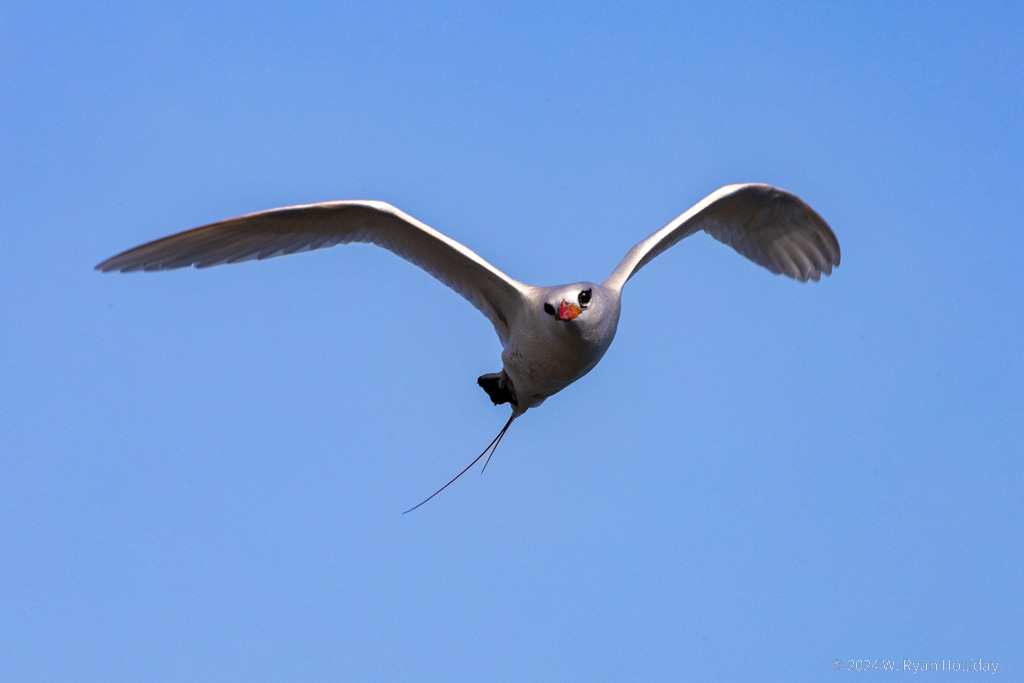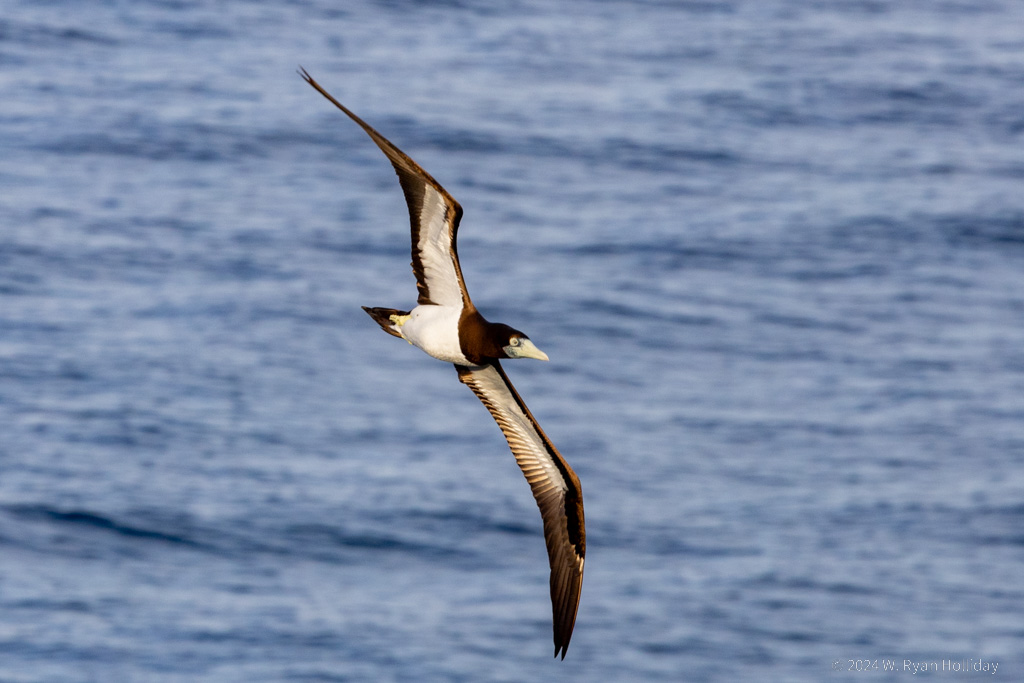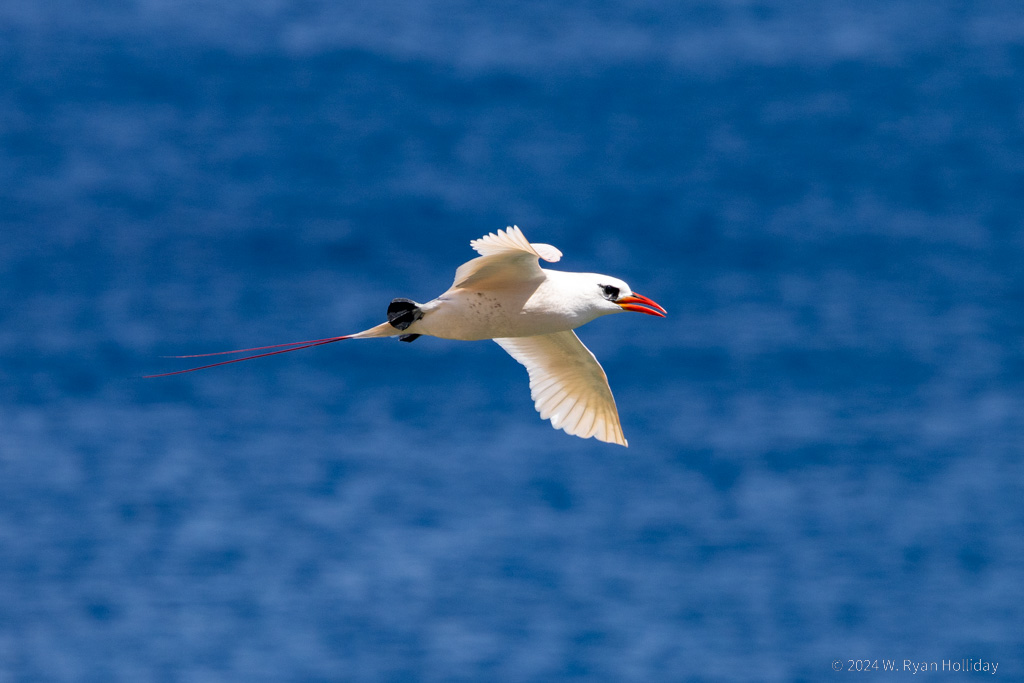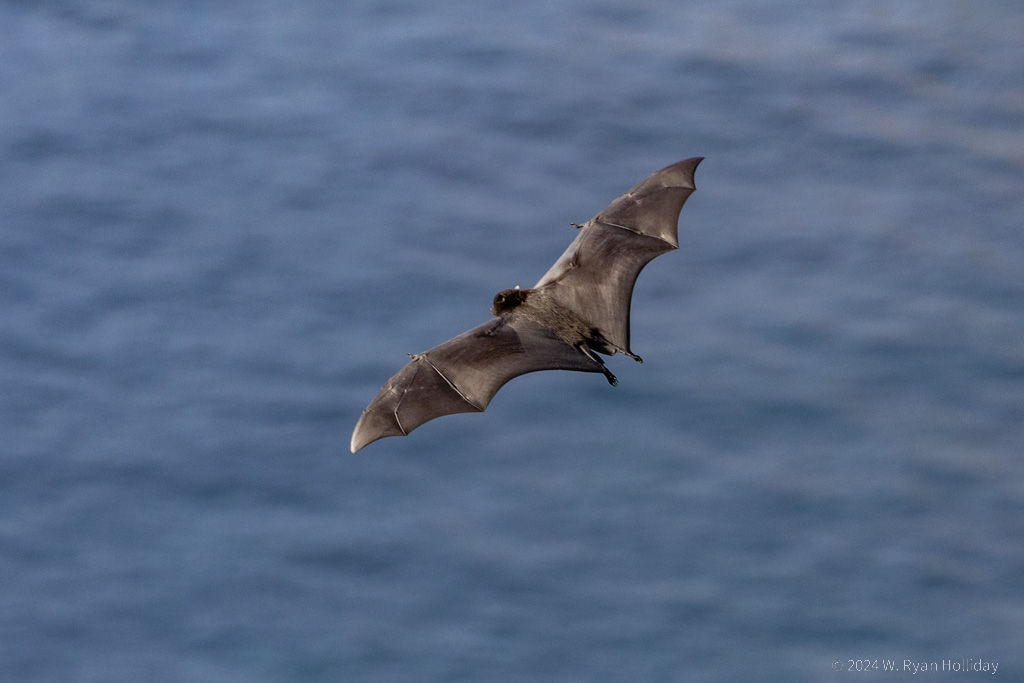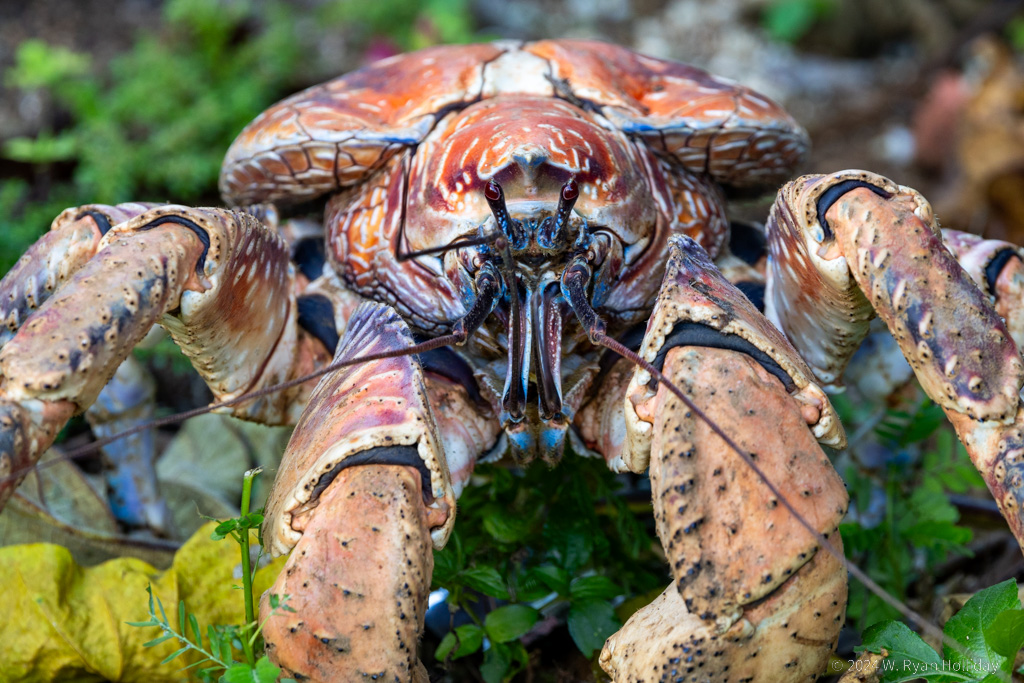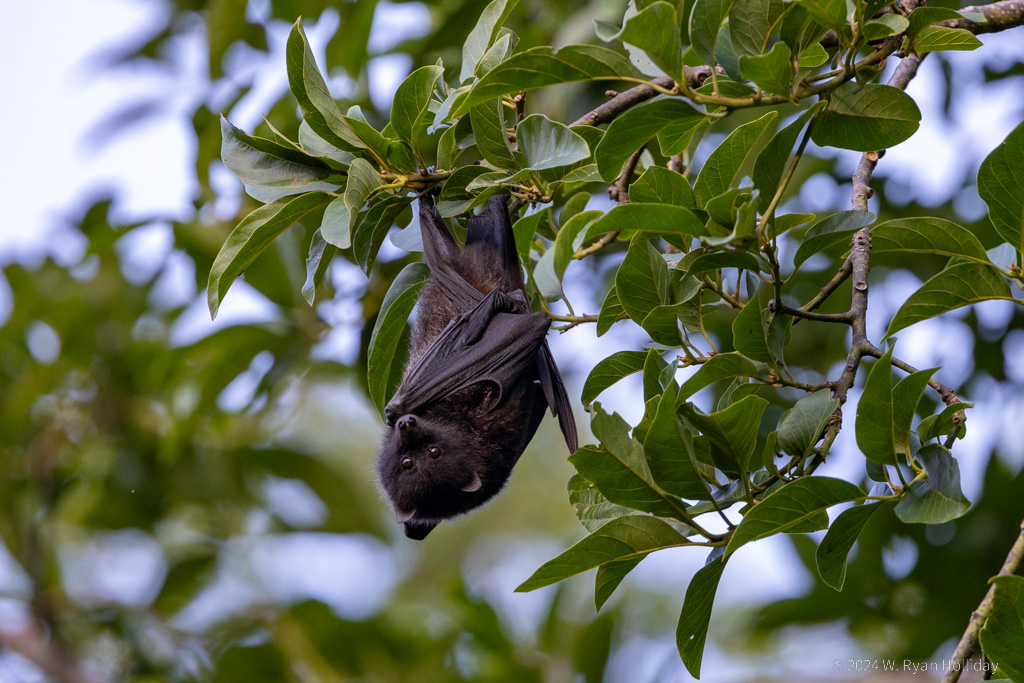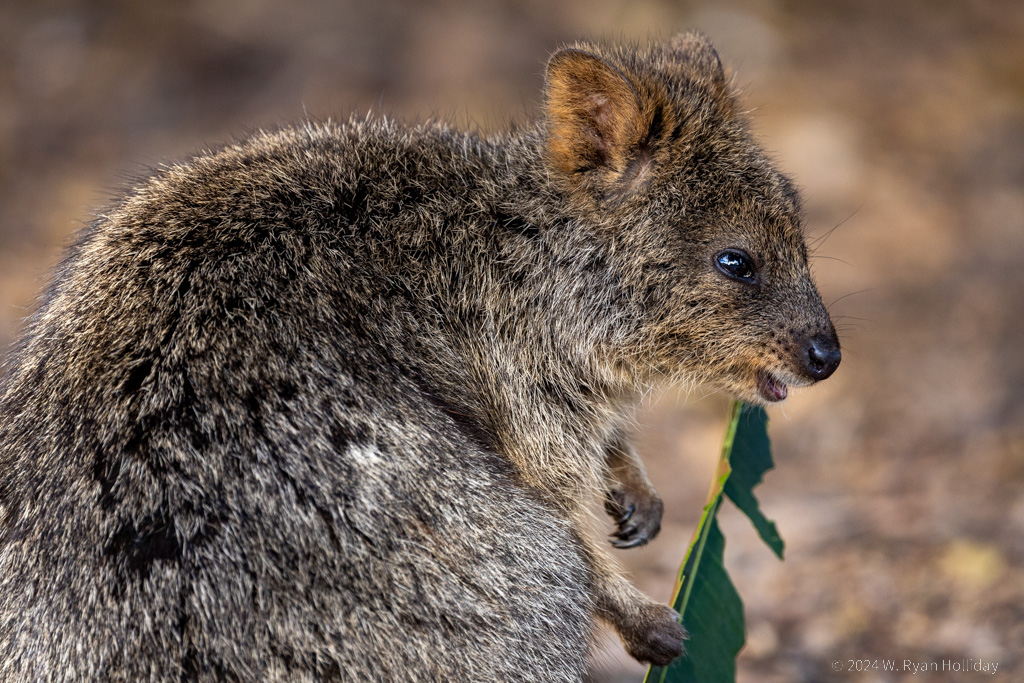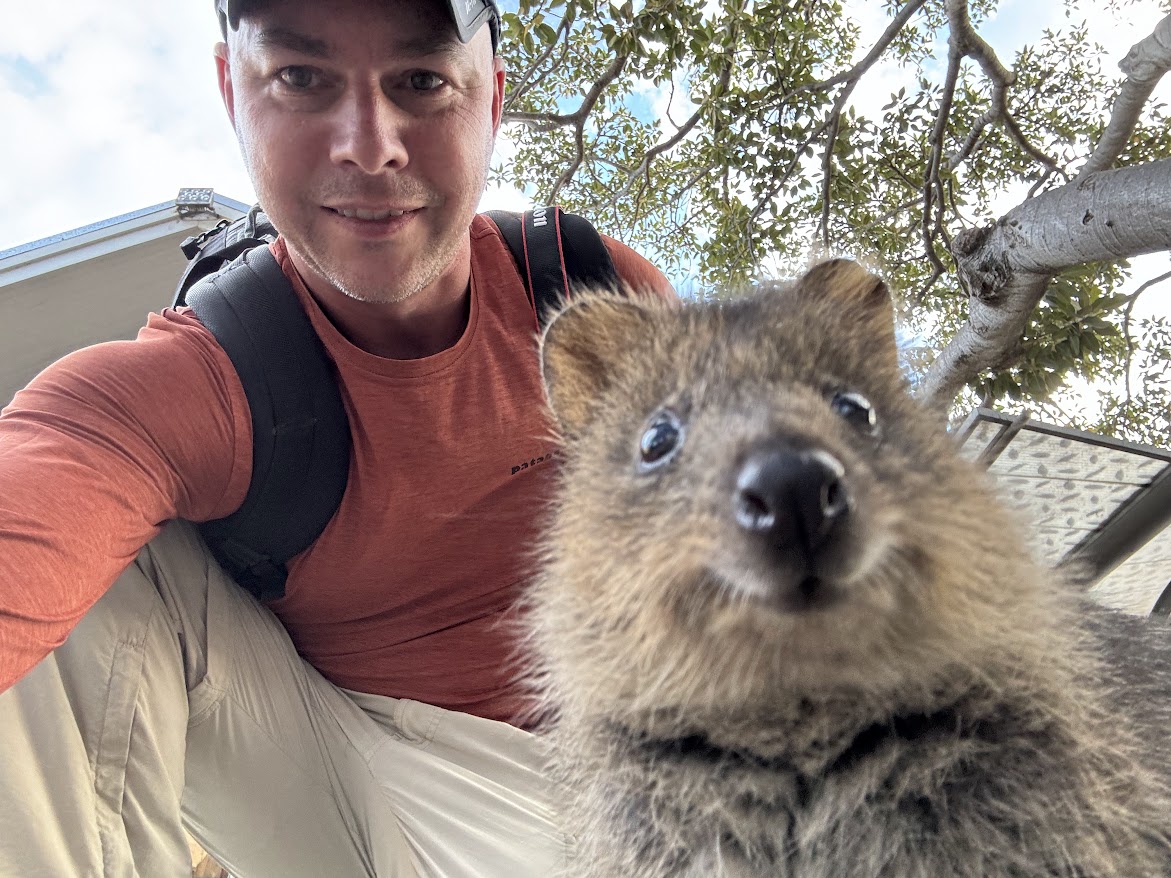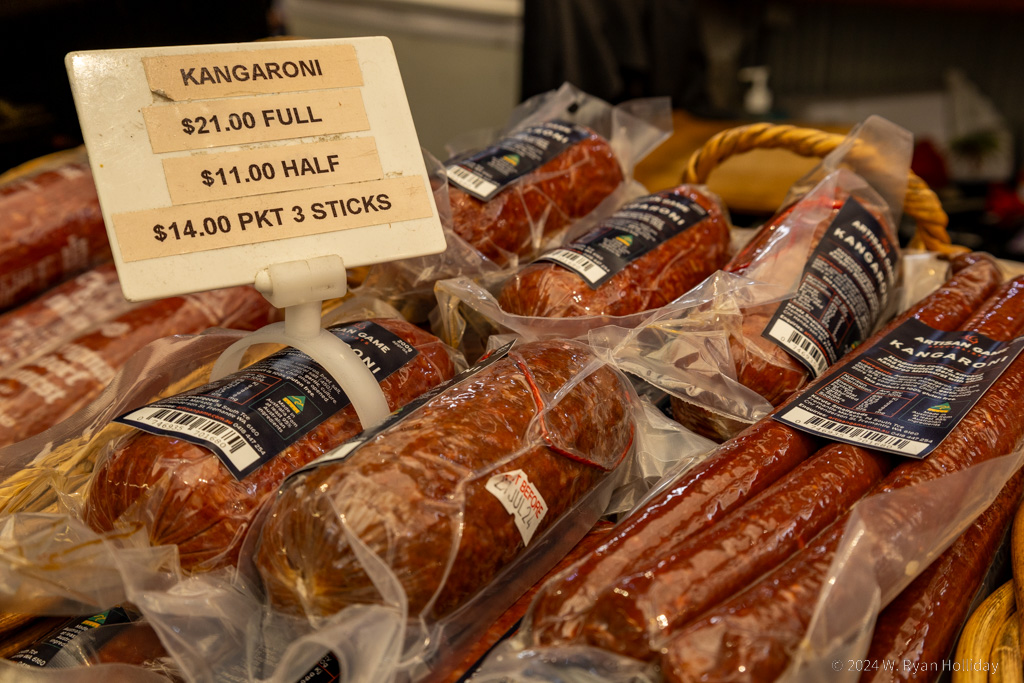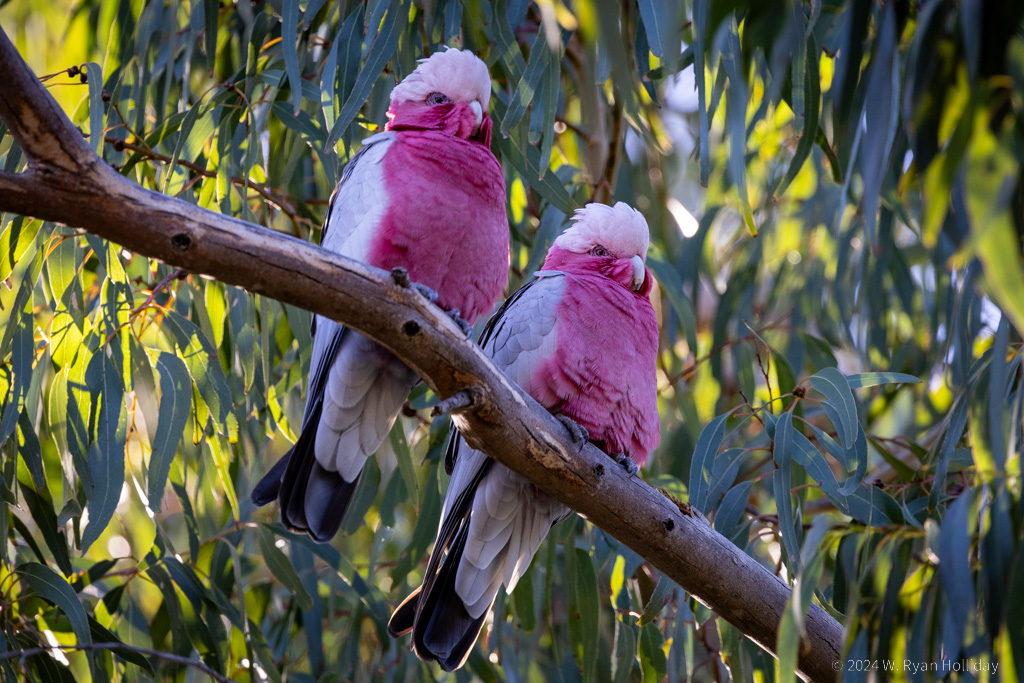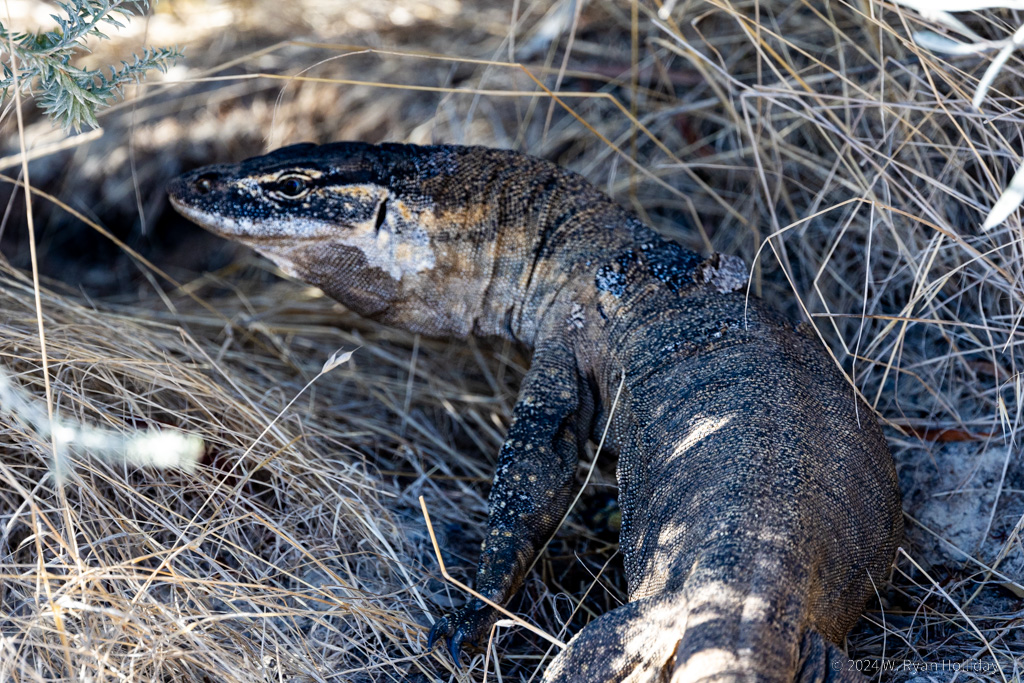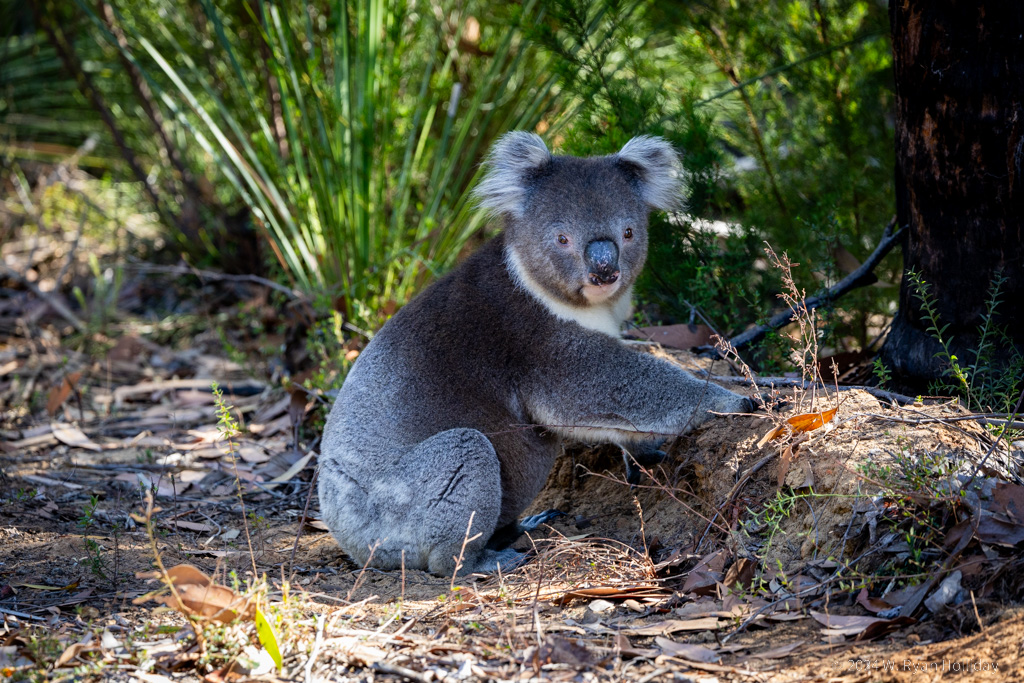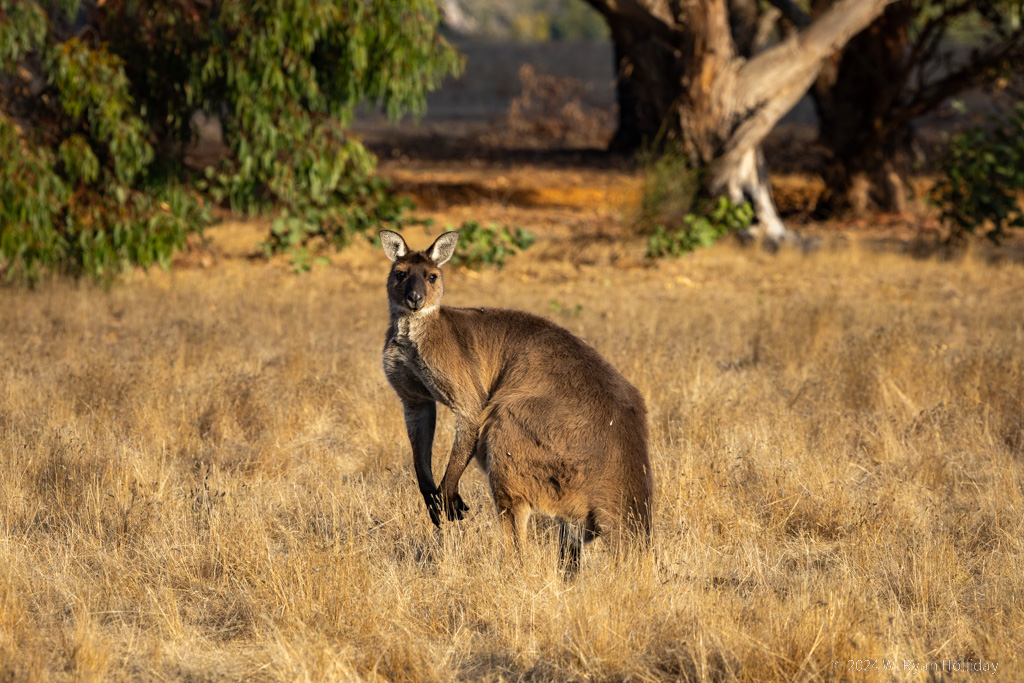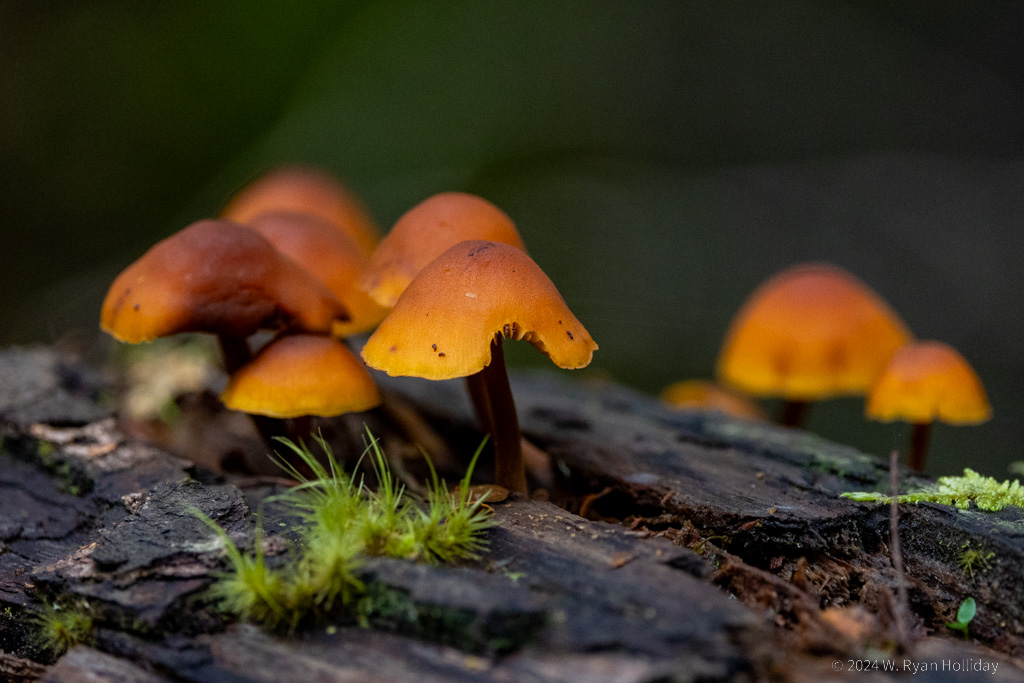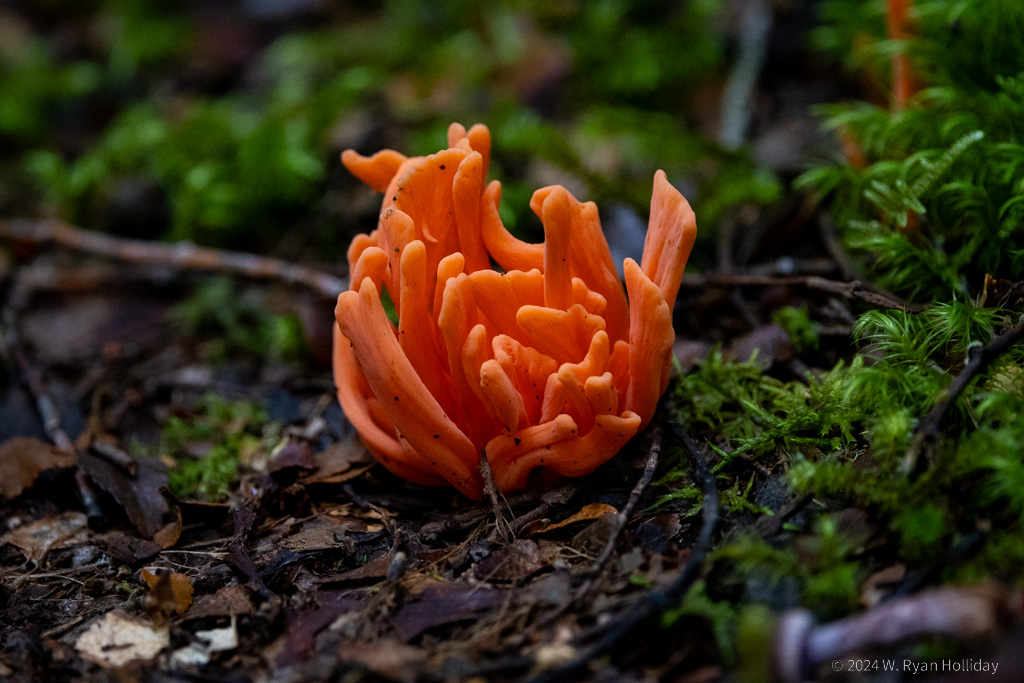After a week of diving in Christmas Island, today I decided that we should visit the Aquarium of Western Australia so we could figure out the names of all of the fish we’ve been seeing. It was actually a really good aquarium, with a 100m long tunnel through a 3 million liter tank being the highlight, although they also had a swimming-pool sized coral reef tank which Audrey and I agreed is something we should get after we win the Powerball.
The afternoon adventure was a walk through the 988 acre King’s Park in downtown Perth. It’s bigger than New York’s Central Park, and two-thirds of it is preserved native bush, while the rest is landscaped mostly with plants from Western Australia, making it a very attractive place for local birds. The highlight of this visit was a walkway 50 feet above the ground in the tree canopy, with the smell of eucalyptus and the sound of birds filling the air. Additionally, just this morning I commented to Audrey that we haven’t seen kookaburras in a while, and this afternoon we encountered five of them huddled together on top of a streetlight. It was an incredibly cute and un-photogenic scene, but one finally flew to the top of a nearby tree, providing our first opportunity for a photo of a kookaburra that wasn’t on an electrical line or other man-made object.
Tomorrow we’re flying to Alice Springs for a brief visit to the red center of Australia. We’ve been traversing timezones at a rapid rate lately – Christmas Island is one hour behind Perth, and Perth is 1.5 hours behind Alice Springs – so sunrise wakeups over the next few days may be interesting challenges, but I’m looking forward to seeing some iconic landscapes in the morning light.
